10 Core Moves That Beat Kegels According to Physical Therapist
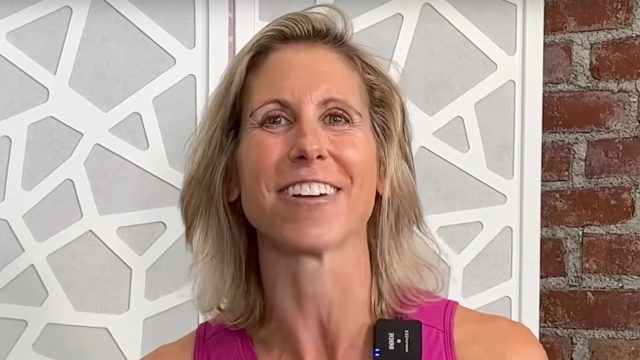
Looking for a more effective way to strengthen your core and pelvic floor? Dr. Christy Ennis, DPT, has developed a comprehensive approach that goes beyond traditional Kegel exercises. "We're gonna get deep in there to help work that six pack a little bit and to support our back all without doing kegels," says Dr. Ennis, explaining how these carefully selected movements can help build foundational strength while protecting your spine.
Set Your Foundation Right
Start by finding your optimal position. "Before we get started with the exercises, we wanna make sure we've got our center set," Dr. Ennis explains in her post. Lie on your back, either on the floor or in bed, and gently rock your pelvis until you find a comfortable position. Draw your belly button toward your spine while maintaining natural breathing.
Begin With Controlled Marches
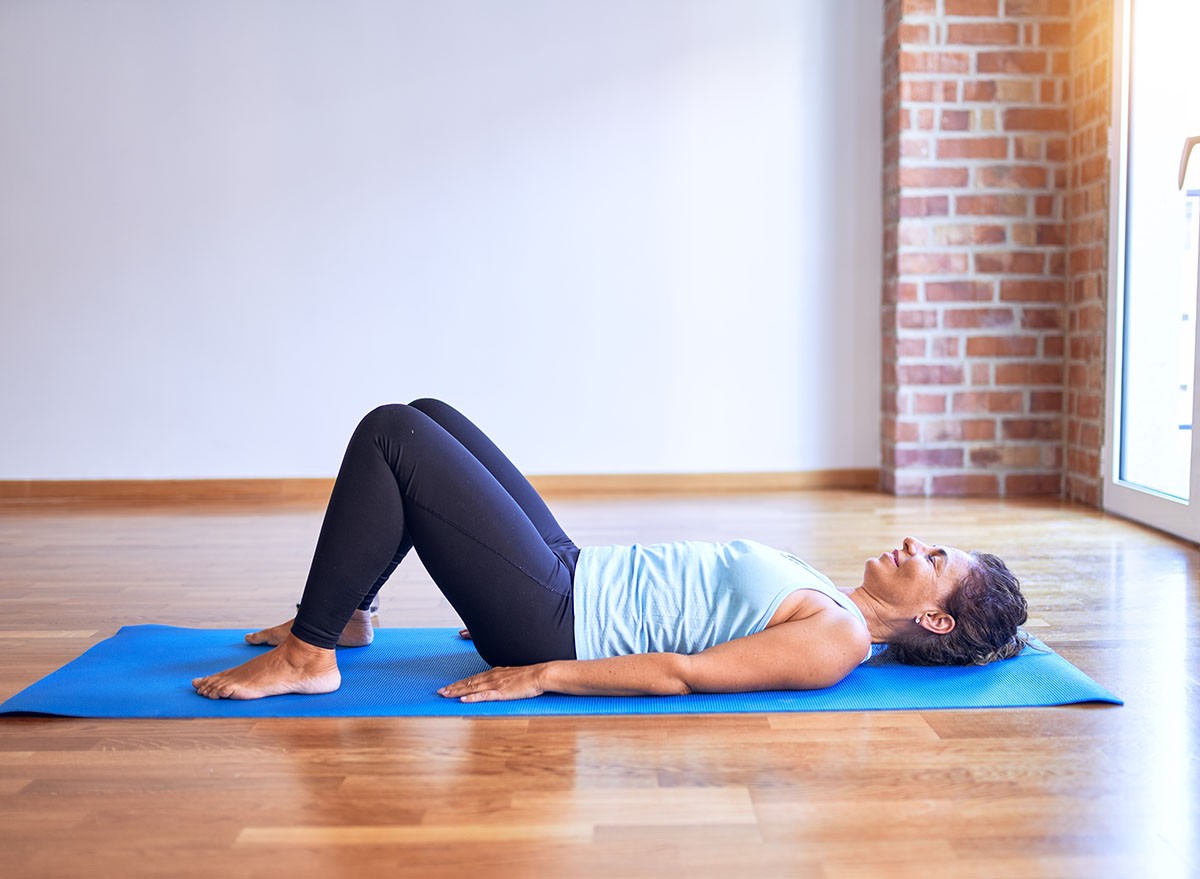
The sequence starts with gentle marching movements. "I'm raising just a little bit while still keeping those ab muscles engaged and not tilting that pelvis from side to side," Dr. Ennis demonstrates. This controlled movement helps activate your deep core muscles while maintaining pelvic stability.
Progress to Gentle Crunches
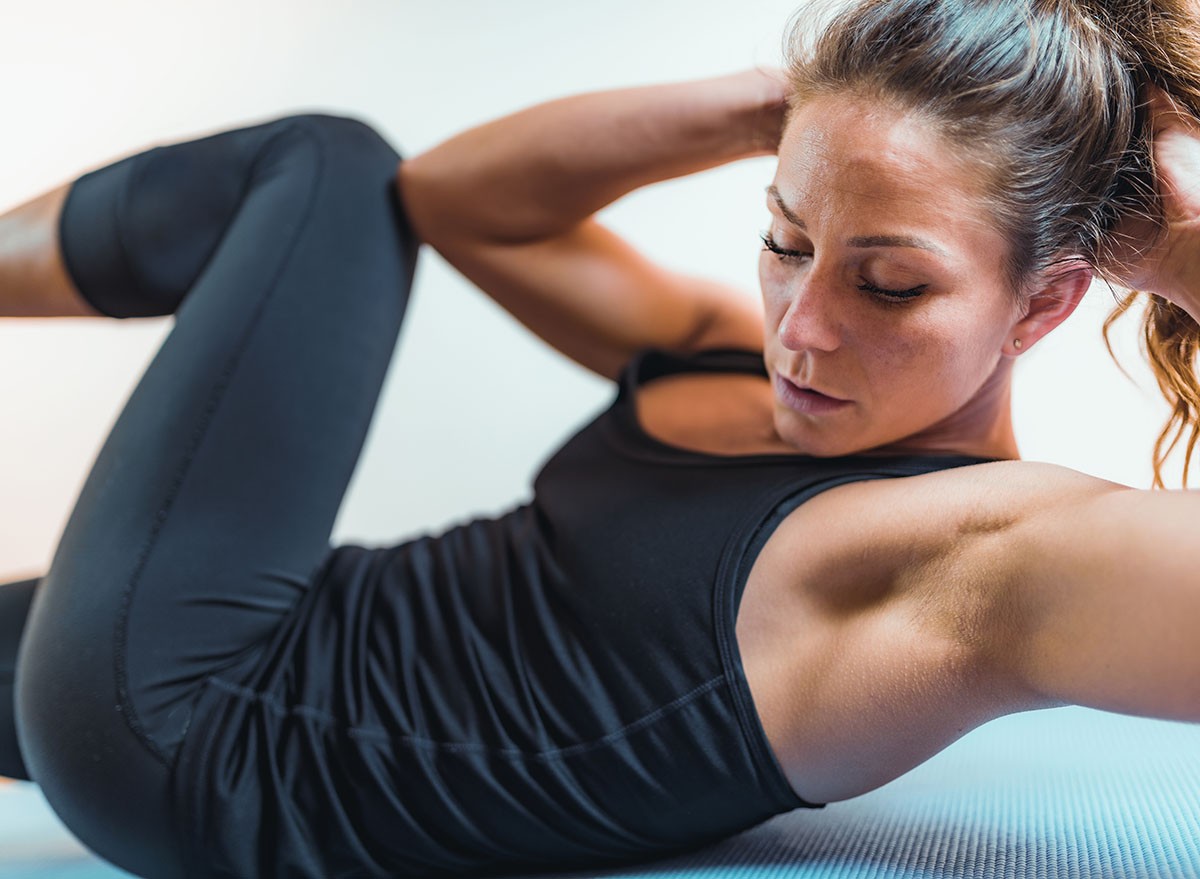
With hands behind your head or crossed over your chest, perform small, controlled crunches. "I am not lifting up super duper high," Dr. Ennis emphasizes. "I'm trying to help protect that spine a little. And I'm really thinking about leading with those lower abs as I go."
Combine Core Movements
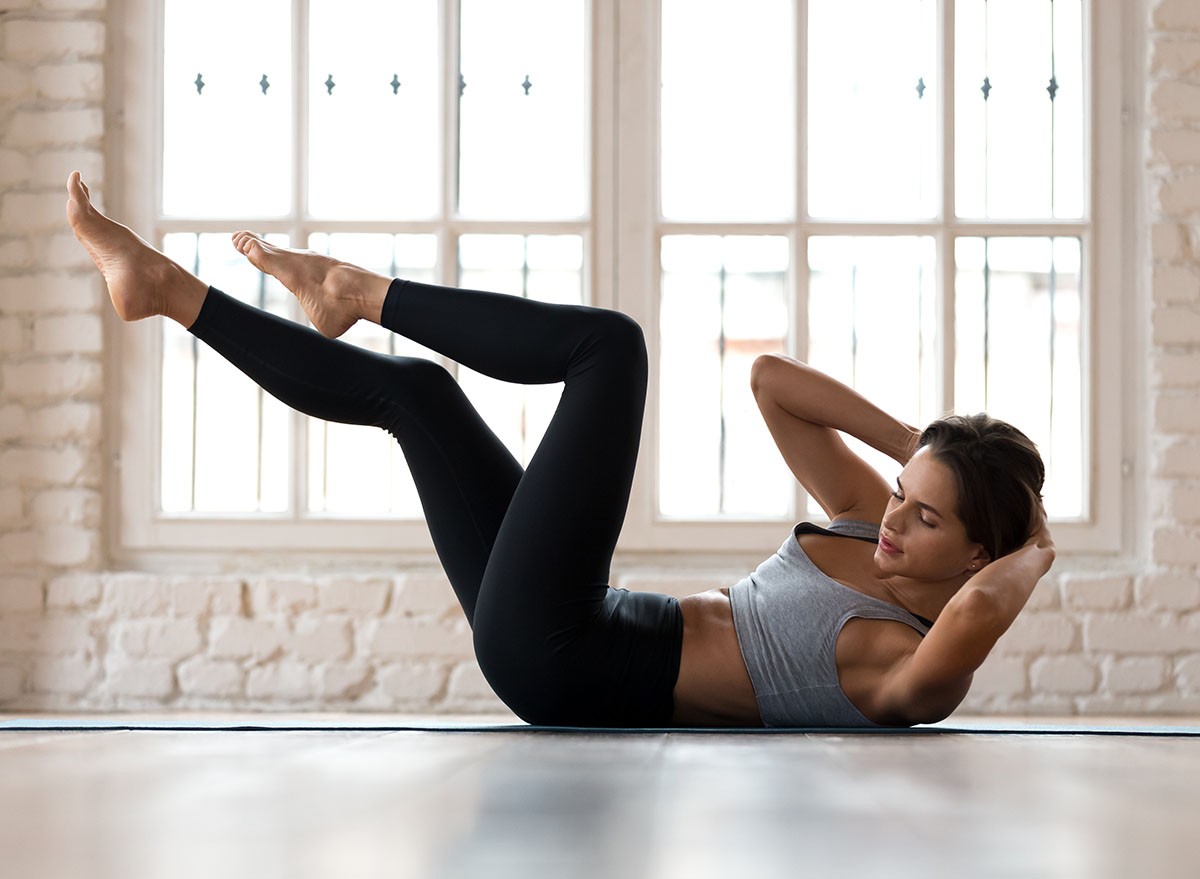
Merge the crunch with knee lifts for increased engagement. Dr. Ennis notes, "Upper body and my legs are moving, but that core, that center is really trying to stay nice and stabilized." This combination helps integrate multiple muscle groups while maintaining core stability.
RELATED: 12-3-30 Walking Method: 20 Proven Tips to Lose Weight Faster
Target Side Core Muscles

The oblique reach exercise adds rotational stability. Keep your gaze upward while reaching across your body, maintaining proper form throughout. "It's really important to make sure that you are focusing in on that form and how you're moving," Dr. Ennis advises.
Master the Single Leg Extension
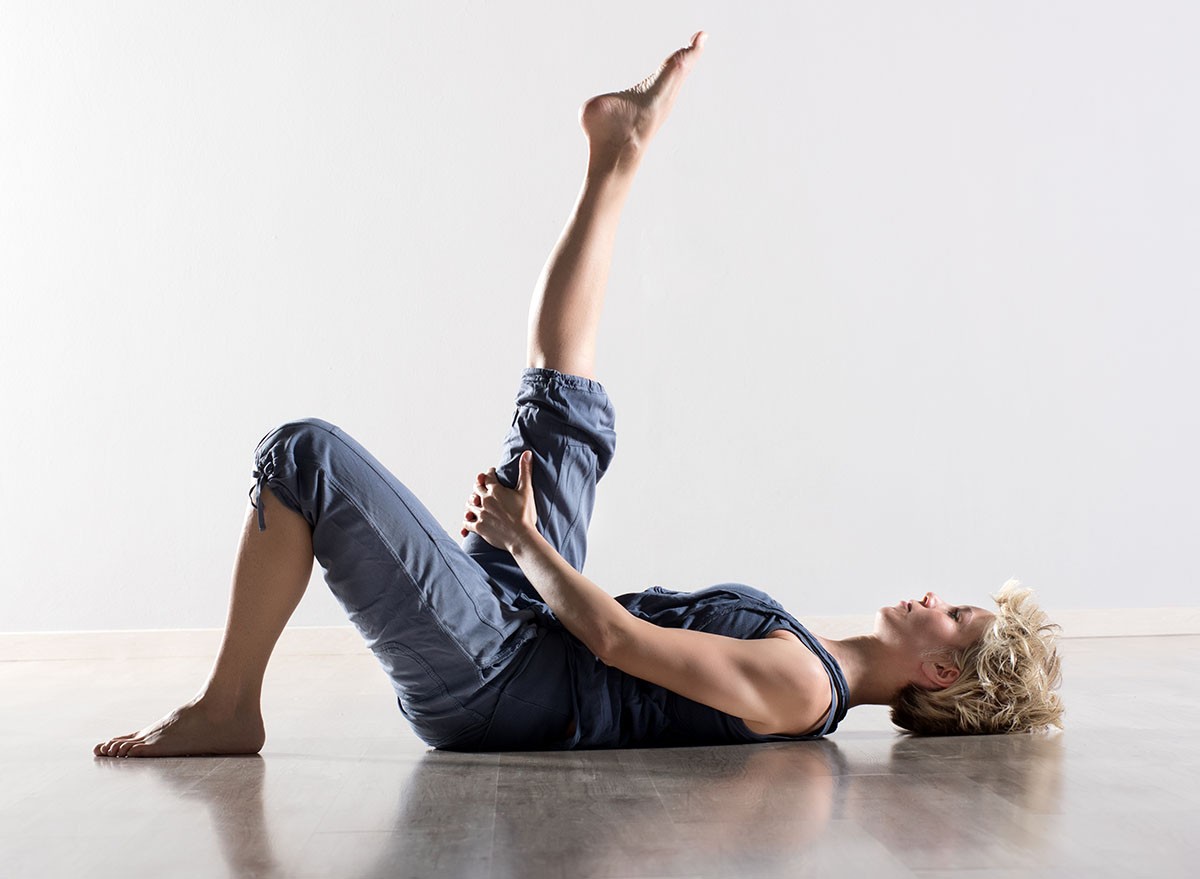
This movement challenges core stability while protecting your back. Dr. Ennis recommends starting slowly: "If you are just starting out and new to exercise or back after an injury, make sure you listen to your body. I would start out with two to three non-consecutive days."
Practice the Struggling Turtle
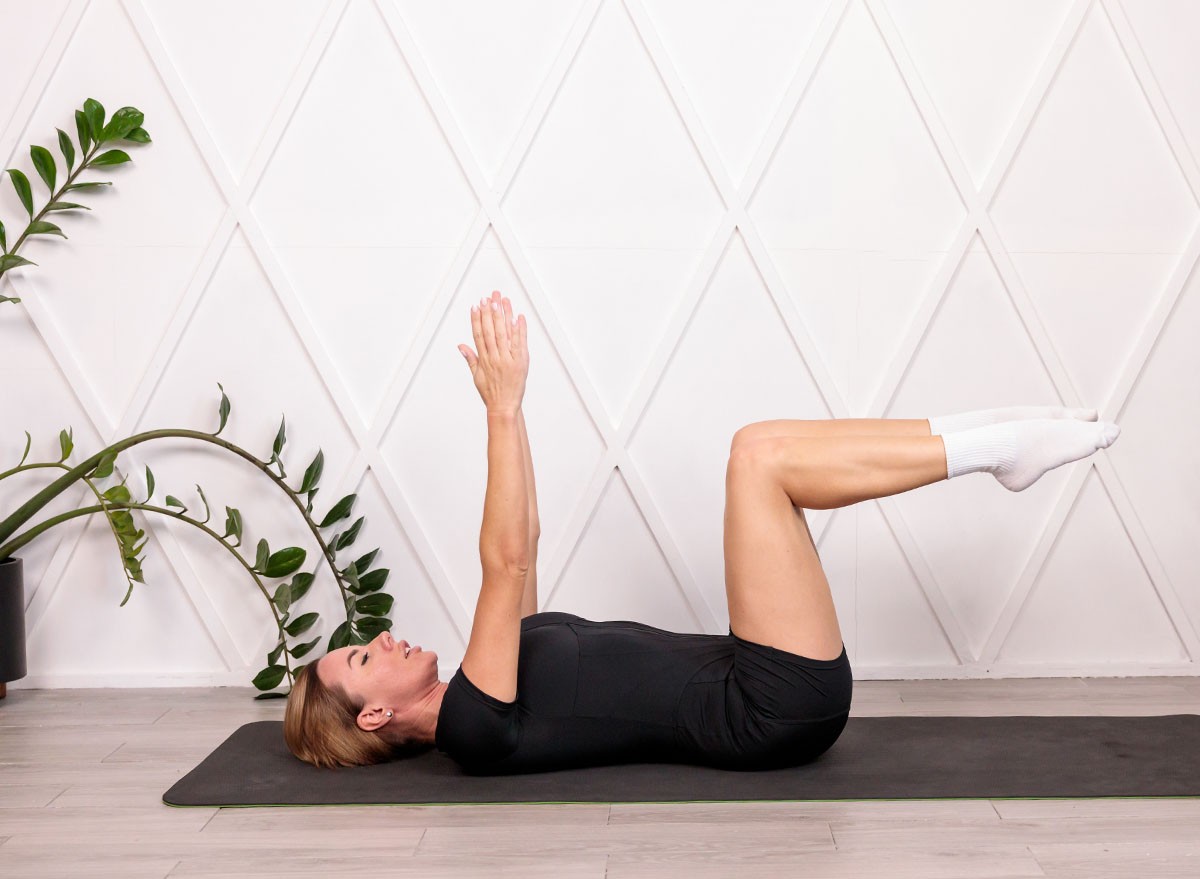
This modified dead bug exercise coordinates opposite arm and leg movements. "Dead bugs don't move," Dr. Ennis jokes, explaining why she renamed this effective core stabilization exercise. The focus remains on maintaining central stability while moving limbs.
Bridge for Multiple Benefits
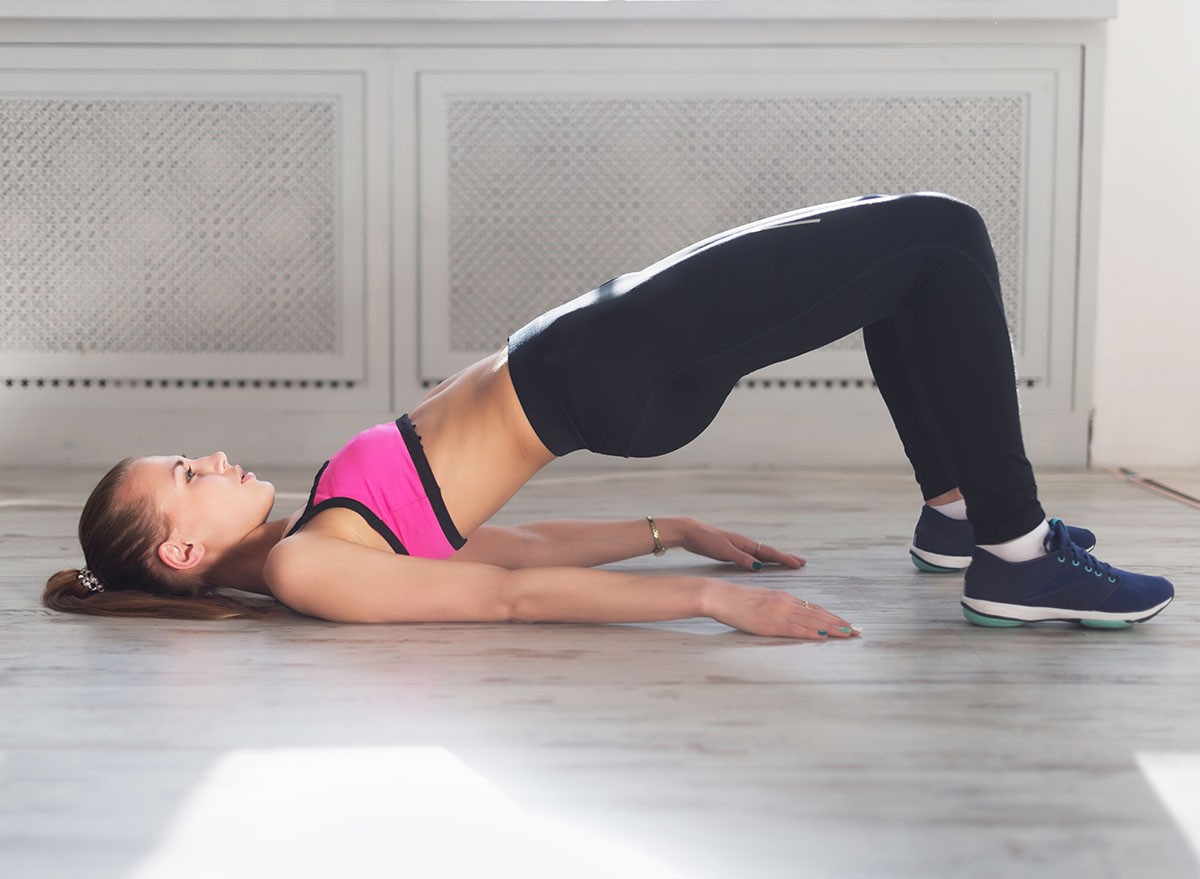
"Research has actually shown that even without trying to activate those pelvic floor muscles or those Kegel muscles, the bridge does a great job of helping to strengthen those muscles," Dr. Ennis shares. This exercise also helps with prolapse and hip mobility.
Flow Through Cat-Cow
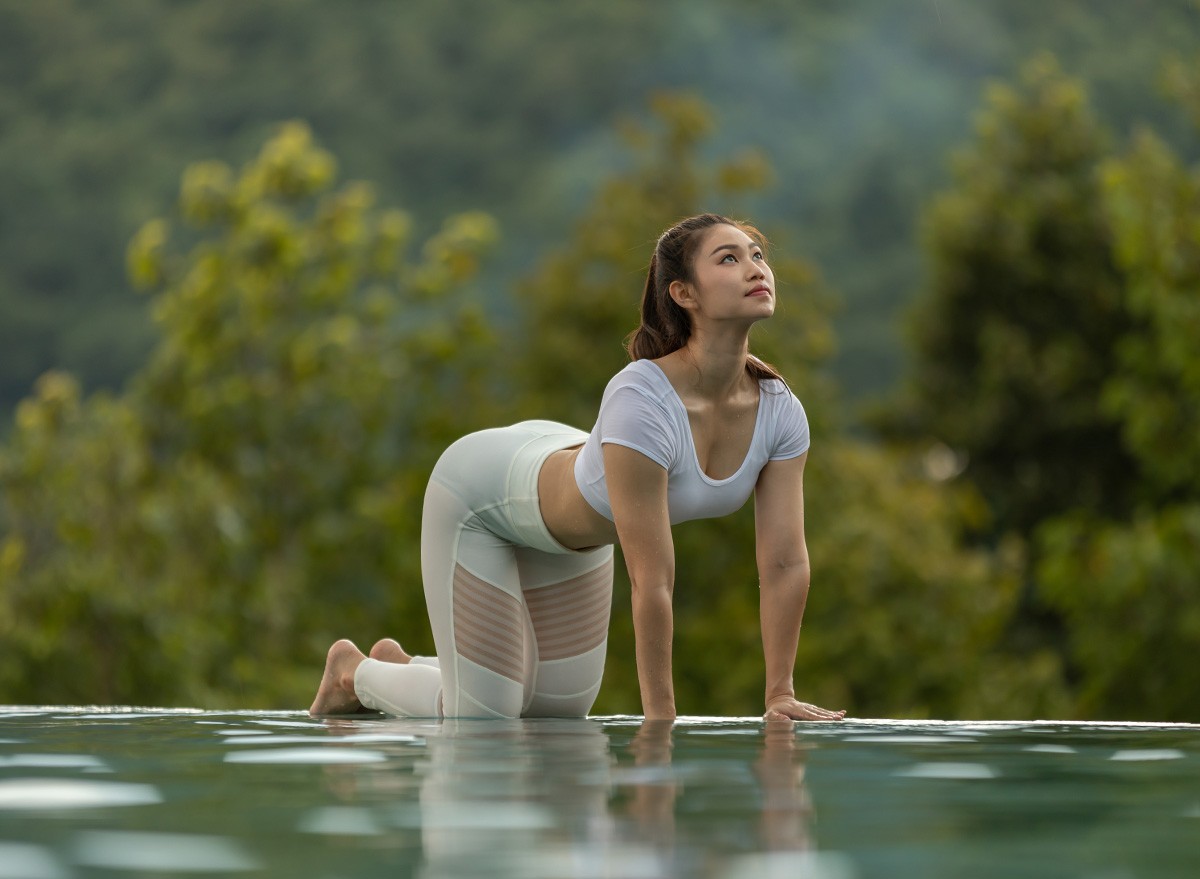
On hands and knees, move through spinal flexion and extension. This yoga-inspired movement not only helps the pelvic floor but also engages the core through its full range of motion. "We're getting some nice movement through the pelvis, which helps that pelvic floor too," explains Dr. Ennis.
RELATED: 7 Simple Daily Exercises To Shrink Hanging Belly Fat
Challenge Yourself With Hover Work
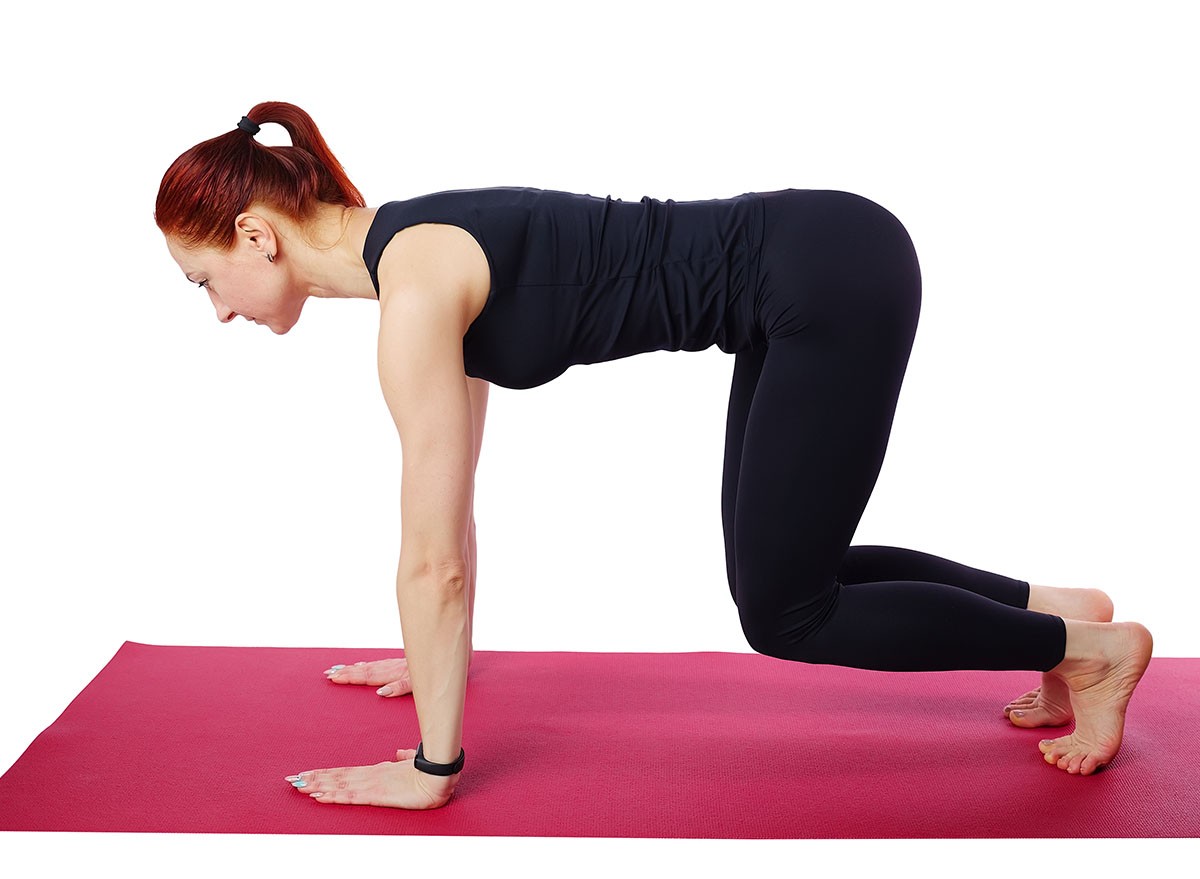
The final exercise involves hovering your knees while in a quadruped position. "The abs have to work really hard here," Dr. Ennis notes. This advanced movement integrates all the previous work while challenging your core stability.
Remember: These exercises are designed to work together as a complete system for core and pelvic floor strength. As Dr. Ennis emphasizes throughout, proper form and gradual progression are key to achieving optimal results. Start with 2-3 non-consecutive days per week and build up as your strength improves. And if you enjoyed this article, don't miss these 3 Simple Stretches Made This Coach More Flexible in 2 Weeks




